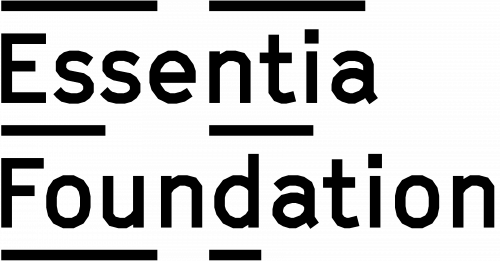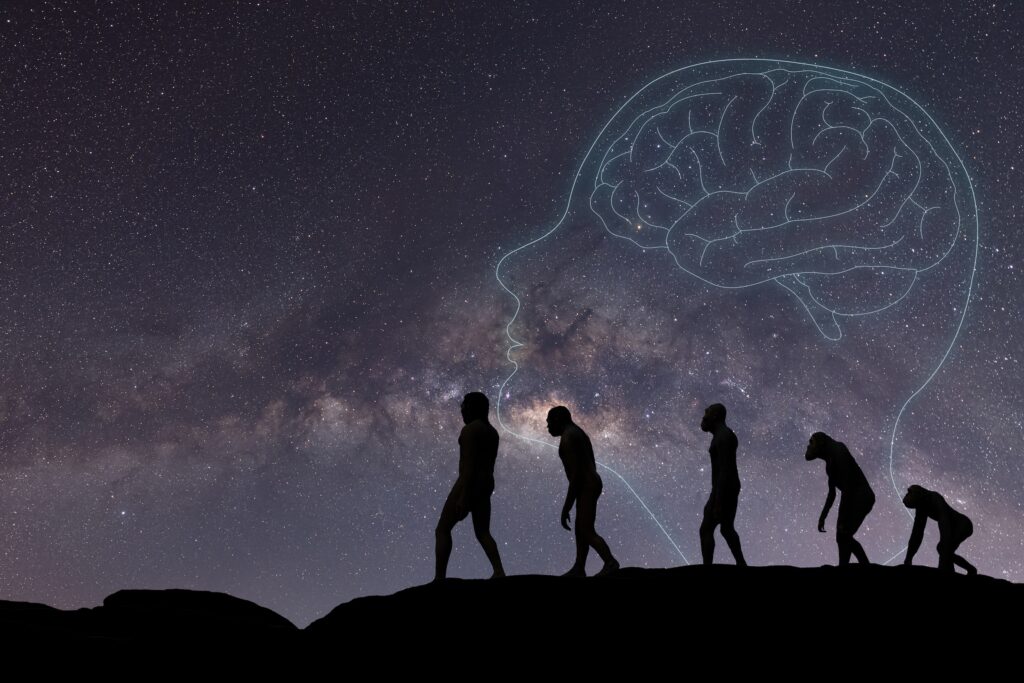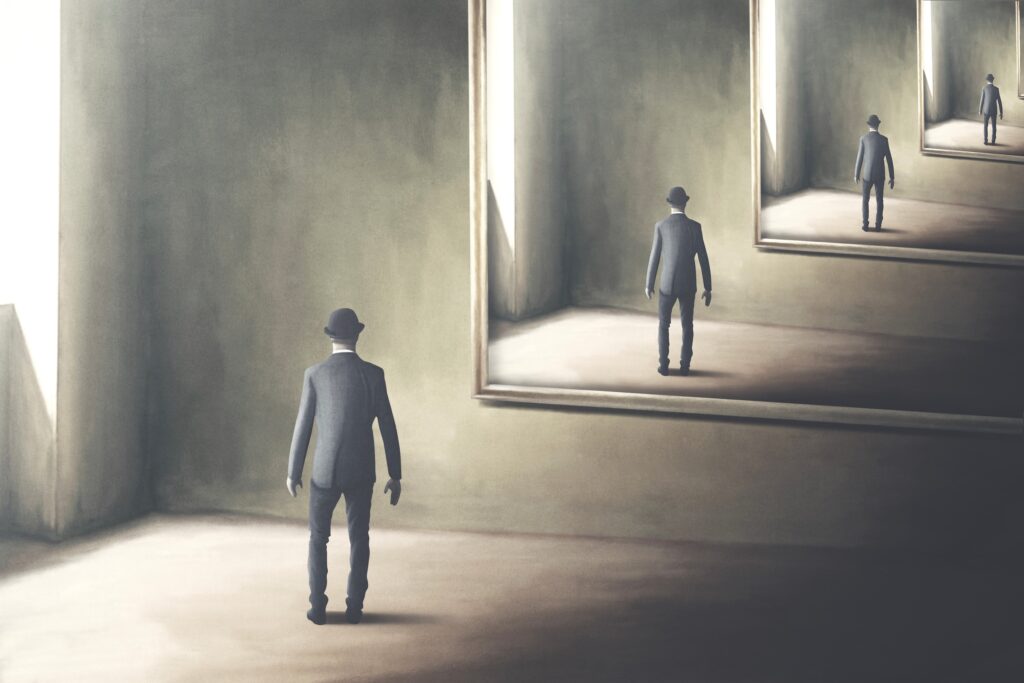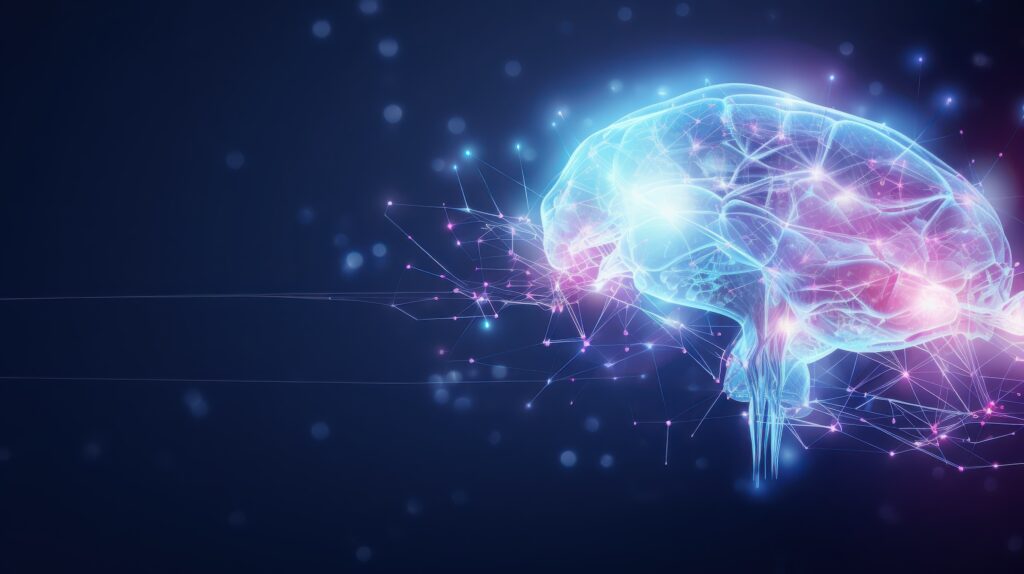Self-cultivation, individuation, and the mind-body problem
Reading | Philosophy
![]() Mark F. Rossbach, MA | 2023-12-03
Mark F. Rossbach, MA | 2023-12-03

If the fundamental layer of reality is understood to dissolve the seeming metaphysical differences between mind and matter, psyche and soul, then bodily practice becomes a direct means for psychological and spiritual development. Such development, in turn, conveys the direct experience of the unity between mind and matter, psyche and body, self and world. This is the central point of this short essay by anthropologist, Jungian analyst, and martial artist Mark Rossbach.
Could practices such as meditation and martial arts offer us a glimpse into a more fundamental layer of reality?
According to our modern, Western, materialist worldview, this cannot be the case. But if we look in other directions and other modes of thinking, we can find different answers. Eastern philosophies, for example, developed in radically different ways. One of the main differences lies in the understanding of mind and body as being ultimately one, the opposite perspective of our modern materialist worldview.
By regarding mind and body as ultimately one, Eastern philosophies understood that reality was not something outside, separate from ourselves, but something closer and more fundamental. This led to the understanding that reality could never be comprehended solely by thinking, but had instead to be lived through direct experience. In this worldview, thought was not divorced from lived experience, and philosophy developed with strong practical components to it.
The Japanese notion of Shugyo is a perfect expression of the way practice is understood as a means of achieving a lived experience of more fundamental layers of reality. At first, the concept was used to refer only to religious Buddhist ascetic practices, but with time it spread more widely thru Japanese culture, as religious thought itself permeated different layers of society.
Yuasa Yasuo was a Japanese philosopher who translated Shugyo as ‘Self-cultivation.’ He analyzed the concept through different perspectives and associated it with paranormal phenomena and Eastern metaphysics. In Carl Gustav Jung’s Analytical Psychology, Yasuo found a way to bridge this concept with the West, for Jung had developed a theory of psychological functioning that not only allowed a psychological interpretation of Eastern practices, but also understood that psychotherapy should offer a way for Western individuals to develop a symbolic understanding of life, recovering something that in essence is proposed by all religious thinking: a lived, individual experience of totality. This meaningful understanding of life is closely relatable to Eastern philosophies, as is pointed out by Yasuo, especially if we take the idea of Self-cultivation as a starting point.
But what does it mean to cultivate the Self?
According to Yasuo, Self-cultivation is a way of training the mind through the body, in meditative practices such as martial arts and crafts. The idea implied is that, alongside technical development, the practitioner should seek spiritual development throughout his practice. This spiritual development signifies a deep transformation of one’s personality, as well as the lived experience of deeper aspects of reality.
In contrast, in the West bodily practice has been regarded as having merely recreational or health value. Either way, bodily practice has not been considered a means to achieve profound spiritual transformation.
The reason for this contrast may be found in the mind-body problem, since our main Western religious traditions contributed to a dualist and dichotomous paradigm initiated in the Enlightenment period through Cartesian thinking. Such dichotomous understanding of reality considers mind and body two different substances. From this our current materialistic worldview was born, wherein objective reality (body) has higher value and importance than subjective, experiential reality (mind), as the former is thought to come first. The famous hard problem of consciousness is a direct consequence of such dualist thinking.
Eastern traditional philosophies have not been heavily influenced by Cartesian dualism. And neither have they divorced mind and body through a similar socio-political movement as the Enlightenment—at least not until the last century. In contrast, Eastern philosophies developed a nondual worldview, investigating the inner, experiential part of life by taking mind-body oneness as the starting point.
In notions such as Shugyo, mind-body oneness is an experiential state achieved through continuous practice. It leads to the experience of Satori, which is the individual enlightenment lived by Buddhas. Nonetheless, it is important to emphasize that Satori is not a specific experience, but rather a broad term to refer to different experiential states achieved through the cultivation the Self. We could also say that Satori refers to different lived experiences of altered states of consciousness.
To claim that the experience of mind-body oneness is achievable through practice means that, although mind and body may be perceived as two different substances, both are in fact the same; there is but one substance perceived by us in two different ways. And the experience of this one substance can only be achieved through practice. As such, according to Shugyo, the seeming dualism of reality is not fundamental.
Yasuo maintains that mind-body practices show the difference between Western and Eastern metaphysics, the former being occupied with what lies behind the experience of nature (physis), whilst the latter is engaged with what lies behind our inner nature—that is, what lies behind the human ‘soul’ (psyche), as Yasuo puts it, which in turn is investigated on the basis of mind-body inseparability as the starting point.
Yasuo found in Analytical Psychology (developed by Carl Gustav Jung) a bridge to compare the aims and the psychological mechanisms entailed both in meditation practices and psychotherapy (as understood in Analytical Psychology). According to Yasuo, psychotherapy aims at restoring an individual afflicted with an abnormal state back to his normal state of behavior, by restoring the link between consciousness and the unconscious.
On the other hand, meditation aims at ‘transcendental’ states of consciousness, many times regarded as altered states, in which an integration of consciousness with the contents of the unconscious takes place, thus enabling one to learn how to control one’s emotional states.
According to Yasuo, while psychotherapy aims at helping someone deal with abnormal states of consciousness that cause suffering and meditation (Shugyo) at achieving higher states of consciousness, the underlying psychological mechanisms are the same. In this light, Shugyo can be understood as the way of seeking the experience of mind-body oneness through practice.
This transformation of the personality, according to Buddhist traditions, is accompanied or fomented by experiences of losing sight of oneself, of leaving the body, as well as hallucinatory experiences similar to psychedelics, near-death experiences, etc. What happens here is that the ego, which is closely related to the body, loses its place as the center of the personality, and the whole world starts to be comprehended as also being part of one’s psyche; inner and outer experiences start to merge in these ‘hallucinatory’ states, forcing the ego to surrender.
Jung also understood that the goal of life is to transform one’s personality, shifting the center of the personality from the ego to what he called the Self (Selbst). The concept of the Self simultaneously refers to the unique and most individual parts of oneself, as well as the whole of the collective unconscious. The latter, according to Jung’s cosmology, encompasses everything in nature. In Analytical Psychology, this process of integration between consciousness and the unconscious is called individuation.
According to Jung, individuation is a process that occurs naturally and is the telos (goal, purpose) of individual life. The problem is that, when our personality’s center is the ego, our lives become focused solely on strengthening consciousness, unilaterally, thus causing a split between it and the unconscious. The goal of Analytical Psychology is to help the individual to understand how to deal with the confrontation between consciousness and the unconscious, supporting the process of individuation, which results in a deep transformation of one’s personality.
But how is the idea of Shugyo related to Jung’s individuation process?
Shugyo means understanding practice as a way of achieving enlightenment through the lived experience of altered states of consciousness—through a continuous cultivation of the Self. It entails a deep understanding of the fundamental layer of reality, resulting—just as in individuation—in a profound transformation of one’s personality.
But although this transformation is something present both in Jung’s individuation process and Yasuo’s depiction of Shugyo, for Yasuo a key difference between Eastern Self-cultivation practices and psychotherapy is the idea of normal and abnormal states of being. Yasuo states that psychotherapy tries to restore the individual’s normal state of being, which corresponds to what is culturally expected—i.e., ‘normal behavior.’ On the other hand, Self-cultivation practices actively seek a transcendent mode of being, which usually corresponds to deep religious experiences such as observed in Buddhism, yoga, and even traditional martial arts.
The differences between Shugyo and Jung’s individuation might not only entail the specifics of the states they aim to achieve, but also the moment when their goals can be fulfilled. For according to Jung, the process of individuation can only be fully achieved in death, the completion of life.
Nonetheless, both Yasuo and Jung agree that there is a fundamental layer of reality that encompasses both mind and body. Both agree that the goal of psychological development is the integration of opposites—mind and body, psyche and matter—such integration being the lived experience of totality. According to both Yasuo’s understanding of Shugyo and Jung’s cosmology, the ego should not be the center of the personality, but instead play a merely mediating role. After all, the ego may be central to human meta-cognitive life, but not the center of life itself.
Shugyo offers a way to understand life as something containing meaning, and so does Jung’s Analytical Psychology. According to both Shugyo and Jungian practice, the fundamental layer of reality is experiential, and we are here to express or live it in its totality. Practice becomes not only a way of seeking leisure and health, but a means to transform our personality and express meaning through spiritual growth.
This worldview is radically different than the one provided by our post-Enlightenment paradigms, which deprive life of meaning. According to it, reality is fundamentally experiential and there is meaning to be found, expressed, and experienced during life.
Any practice can be Shugyo, as long as the goal of the practice is to develop oneself, thus achieving the experience of mind-body oneness. The fundamental layer of reality, and thus of ourselves, can only be understood in and through practice. Jungian psychology entails similar ideas, and a similar openness to different practices. In both perspectives, theoretical confabulations have limits, the totality of reality—with its paradoxes—being accessible only through direct experience.
Bibliography
- Yuasa, Yasuo (1987). The Body: Toward an Eastern Mind-Body Theory.
- Yuasa, Yasuo (1993). The Body, Self-Cultivation, and Ki-Energy. Suny Press.
- Jung, C. G. (1960). Collected Works of C.G. Jung, Volume 8/2: On the Nature of the Psyche. Princeton University Press.
- Jung, C. G. (1969). Collected Works of C.G. Jung, Volume 11/5: Psychology and Religion: West and East. Princeton University Press.
- Jung, C. G. (1968). Collected Works of C.G. Jung, Volume 12: Psychology and Alchemy. Princeton University Press.
- Jung, C. G. (1970). Collected Works of C.G. Jung, Volume 14/2: Mysterium Coniuntionis. Princeton University Press.
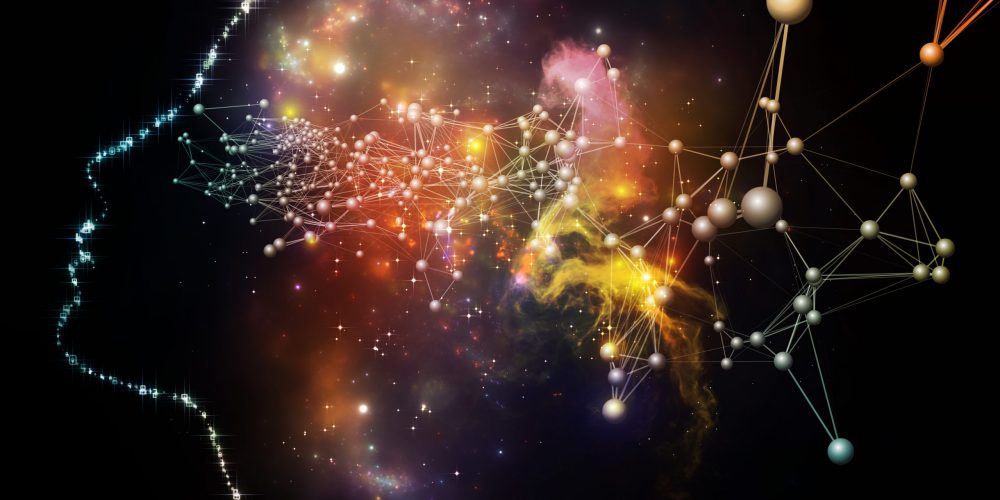
Essentia Foundation communicates, in an accessible but rigorous manner, the latest results in science and philosophy that point to the mental nature of reality. We are committed to strict, academic-level curation of the material we publish.
Recently published
Reading
Essays
Seeing
Videos
Let us build the future of our culture together
Essentia Foundation is a registered non-profit committed to making its content as accessible as possible. Therefore, we depend on contributions from people like you to continue to do our work. There are many ways to contribute.

